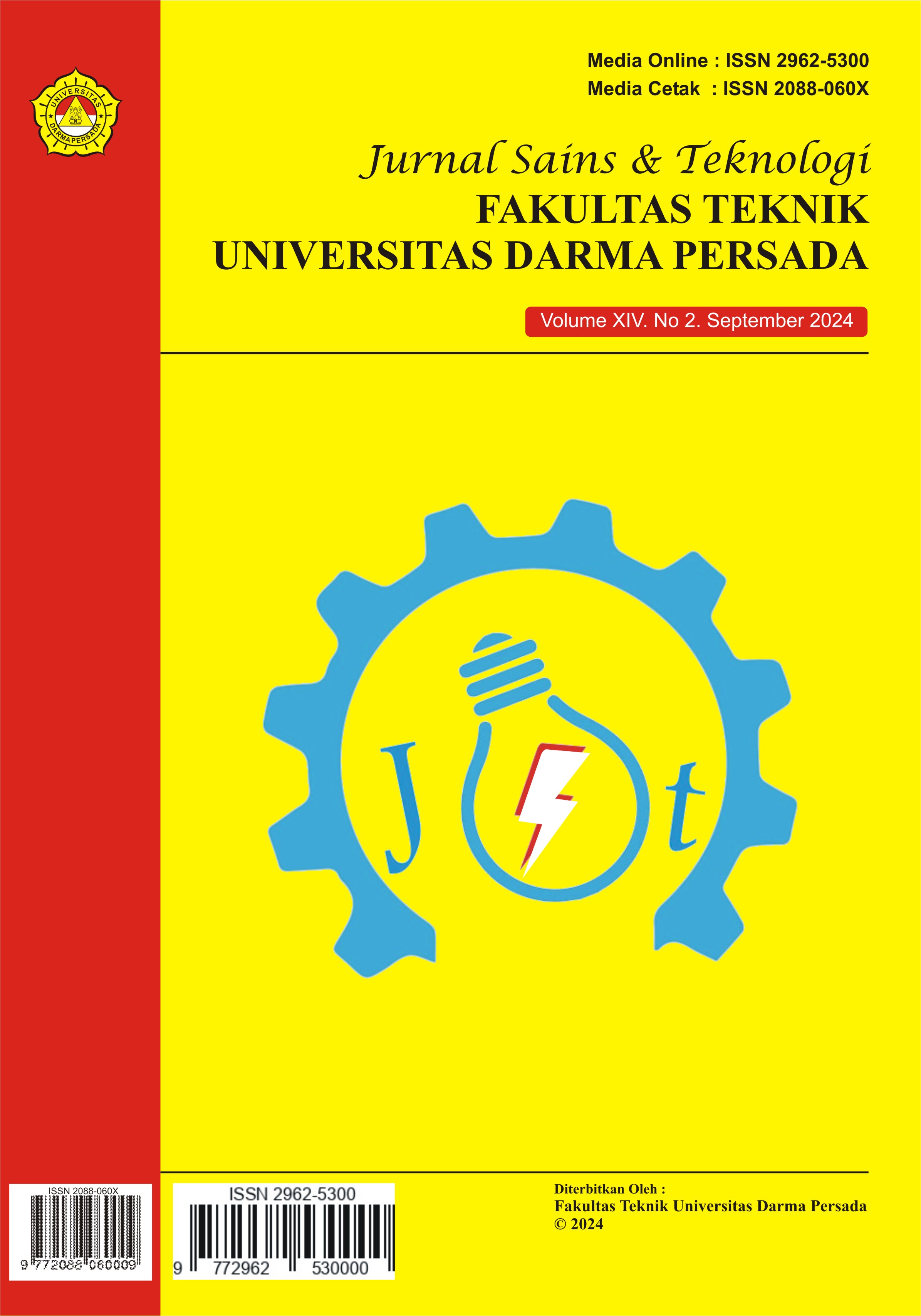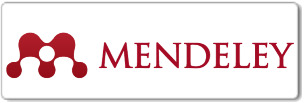STUDI SIFAT MEKANIK DAN FISIK PADUAN NIKEL, TEMBAGA SENG SENG PADA APLIKASI MATERIAL INDUSTRI
DOI:
https://doi.org/10.70746/jstunsada.v14i2.507Keywords:
Nikel, industri, Paduan alpaka, pengaplikasian, tembagaAbstract
Kebutuhan logam dalam industri global yang masif semakin tinggi sehingga dibutuhkanlah variasi paduan logam salah satunya paduan alpacca (paduan nikel, tembaga,seng). Tujuan penelitian ini adalah untuk mengkaji dampak penggunaan paduan alpacca (nikel, tembaga, seng) dalam industri global. Metodologi penelitian akan menjadi tinjauan literatur dan analisis data dan informasi tentang aplikasi terbaru dari paduan alpaka di industri. Hasil penelitian menunjukkan bahwa penggunaan paduan alpaka dalam industri global memiliki kelebihan dan tantangan yang harus diperhatikan. Keuntungan menggunakan paduan alpaka adalah kemampuannya untuk menahan tekanan, kelelahan dan suhu tinggi, serta ketahanan terhadap korosi. Namun, penggunaan paduan logam alpaka juga menghadirkan tantangan seperti : tingkat kesulitan produksi serta dampak lingkungan dan kesehatan yang harus diperhitungkan. Solusi dari tantangan ini adalah pengembangan teknik produksi yang lebih baik serta penggunaan metode produksi yang lebih ramah lingkungan. Singkatnya, hasil penelitian ini memberikan pemahaman yang mendalam mengenai dampak penggunaan paduan alpaka di industri di seluruh dunia dan dapat menjadi referensi bagi para pelaku industri ketika mereka mempertimbangkan penggunaannya.
References
[1] Machado, M. D., Soares, E. V., & Soares, H. M. V. M. (2010). Selective recovery of copper, nickel and zinc from ashes produced from saccharomyces cerevisiae contaminated biomass used in the treatment of real electroplating effluents. Journal of Hazardous Materials, 184(1–3), 357–363. doi:10.1016/j.jhazmat.2010.08.044.
[2] Amin, N., Lim, V., Seng, F. C., Razid, R., & Ahmad, I. (2009). A practical investigation on nickel plated copper heat spreader with different catalytic activation processes for flip-chip ball grid array packages.
Microelectronics Reliability, 49(5),537–543. doi:10.1016/j.microrel.2009.02.013.
[3] Kamaruzaman, D., Mamat, M. H., Kamal Ariffin, N. I., Abdullah, M. H.,Parimon, N., Yaakob, M. K., … Rusop, M. (2023). Influence of heat treatment on zinc oxide nanostructured film grown by immersion method for Nanogenerator Application. Materials Today: Proceedings, 75, 31–38. doi:10.1016/j.matpr.2022.09.584.
[4] Chatterjee, S., Sivareddy, I., & De, S. (2017). Adsorptive removal of potentially toxic metals (cadmium, copper, nickel and zinc) by chemically treated laterite: Single and multicomponent batch and column study. Journal of Environmental Chemical Engineering, 5(4), 3273–3289. doi:10.1016/j.jece.2017.06.029.
[5] Ding, J., Zheng, H., Gao, H., Wang, S., Wu, S., Fang, S., & Cheng, F. (2021). Operando non-topological conversion constructing the high- performance nickel-zinc battery anode. Chemical Engineering Journal, 414, 128716. doi:10.1016/j.cej.2021.128716.
[6] Farajollahi, R., Jamshidi Aval, H., Jamaati, R., Hájovská, Z., & Nagy, Š. (2022). Effects of pre- and post-friction surfacing heat treatment on microstructure and corrosion behavior of nickel-aluminide reinforced Al-Cu-Mg alloy. Journal of Alloys and Compounds, 906, 164211. doi:10.1016/j.jallcom.2022.164211.
[7] Safarzadeh, M. S., & Moradkhani, D. (2010). The effect of heat treatment on selective separation of nickel from CD–ni zinc plant residues. Separation and Purification Technology, 73(2), 339–341. doi:10.1016/j.seppur.2010.03.019.
[8] Chukwuike, V. I., Sankar, S. S., Kundu, S., & Barik, R. C. (2019). Capped and Uncapped nickel Tungstate (Niwo4) nanomaterials: A comparison study for anti-corrosion of copper metal in NaCl solution. Corrosion Science, 158, 108101. doi:10.1016/j.corsci.2019.108101.
[9] Bohac, V. (2017). Thermal properties of materials and their characterization by classic and transient methods. 2017 11th International Conference on Measurement. doi:10.23919/measurement.2017.798 3535.
[10] Fu, R., Jin, G., Chen, J., & Ye, Y. (2021). The effects of poverty alleviation investment on carbon emissions in China based on the multiregional input–output model. Technological Forecasting and Social Change, 162, 120344. doi:10.1016/j.techfore.2020.120344.
[11] Salih, E. M., Al-Jubori, H. A. H., & Abbas, R. J. (2022). Finding an alternative to nickel used in an alloy (copper-nickel) in electric power plants. Materials Today: Proceedings, 61, 700–705. doi:10.1016/j.matpr.2021.08.269.
[12] Selvolini, G., & Marrazza, G. (2023). On spot detection of nickel and cobalt from exhausted batteries by a smart electrochemical sensor. Talanta, 253, 123918. doi:10.1016/j.talanta.2022.123918.
[13] Mudigonda, S., Dahms, H.-U., Hwang, J.- S., & Li, W.-P. (2022). Combined effects of copper oxide and nickel oxide coated chitosan nanoparticles adsorbed to styrofoam resin beads on hydrothermal vent bacteria. Chemosphere, 308, 136338. doi:10.1016/j.chemosphere.2022.136 338.
[14] Ozdemir, A. C., Buluş, K., & Zor, K. (2022). Medium- to long-term nickel price forecasting using LSTM and GRU Networks. Resources Policy, 78, 102906. doi:10.1016/j.resourpol.2022.102906.
[15] Safarzadeh, M. S., & Moradkhani, D. (2010a). The effect of heat treatment on selective separation of nickel from CD–ni zinc plant residues. Separation and Purification Technology, 73(2), 339–341. doi:10.1016/j.seppur.2010.03.019.
[16] Perez, I. D., Anes, I. A., Botelho Junior, A. B., & Espinosa, D. C. (2020). Comparative study of selective copper recovery techniques from nickel laterite leach waste towards a competitive sustainable extractive process. Cleaner Engineering and Technology, 1, 100031. doi:10.1016/j.clet.2020.100031.
[17] Erwin, Chan, Y., Lenardo, Y. ., Supriatna, A., & Faturachman, D. (2024). The effect of quality control standard implementation for quality improvement of the casting process on the jewellery manufacturing industry. Journal of Research and Technology, 10(1), 103–111. https://doi.org/10.55732/jrt.v10i1.1206.
Downloads
Published
How to Cite
Issue
Section
License
Copyright (c) 2024 Erwin Erwin, Yefri Chan, Trisna Ardi Wiradinata, Husen Asbanu, Asyari Daryus, Amar Ahmad Fahrezi

This work is licensed under a Creative Commons Attribution 4.0 International License.
Copyright








